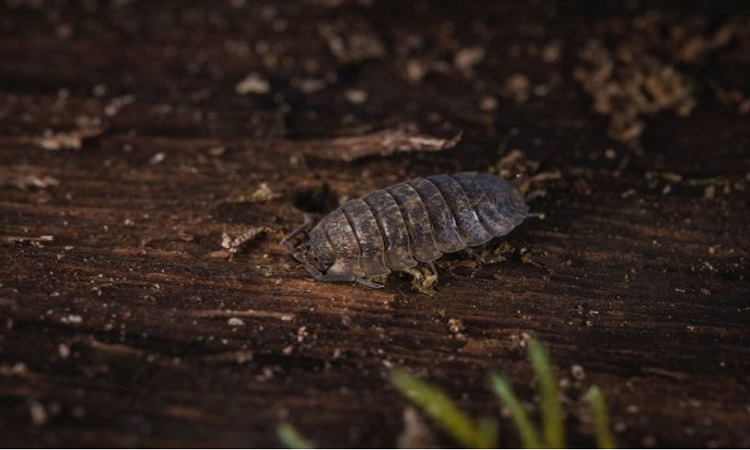Artificial night-time light confuses colour-changing coastal woodlouse: Study
Researchers found a colour-changing coastal woodlouse can get confused by artificial nightlight. The study was published in Journal, 'Proceedings of the Royal Society B Biological Sciences.' Read further on Dynamite News:

Washington: Researchers found a colour-changing coastal woodlouse can get confused by artificial nightlight. The study was published in Journal, 'Proceedings of the Royal Society B Biological Sciences.'
The sea slater is an inch-long woodlouse found in the UK and Europe that lives near the high-tide line. Sea slaters hunt at night and can change colour to blend in and hide from predators.
The University of Exeter investigated the effects of a single-point light source which casts clear shadows and diffuse light similar to 'skyglow' found near towns and cities.
While a single light did not disrupt the sea slaters' camouflage, diffuse light caused them to appear paler while hiding against a dark background, making them more visible.
"With night skies getting brighter worldwide, it's important to understand how this will affect the natural world," said Kathryn Bullough, who led the study as part of her masters at the Centre for Ecology and Conservation on Exeter's Penryn Campus in Cornwall.
Also Read |
Fruits, vegetables tackle depression in 2 weeks
"We know artificial light causes all sorts of negative effects for animals and plants, but our results show that shadow-casting light can have very different impacts to diffuse skyglow, even when both have the same overall brightness.
"Under point-source light, the sea slaters turned darker and sought out refuge on dark stones and shadows when available.
"But diffuse light caused them to become lighter, even though this would make them easier for predators to spot."
In the study, sea slaters were placed in a circular chamber with white pebbles covering half of the floor and black pebbles on the other half. They were then exposed either to point-source or diffuse light.
Under both kinds of light, sea slaters spent more time on the black pebbles, which more closely matched their starting colour and therefore provided better camouflage.
Also Read |
Human Right Watch accuses Pakistan of mass forced returns of afghan refugees
Under point-source light, they also turned darker - better matching the black pebbles. But under diffuse light, they became on average 27% lighter.
"We can't say exactly what causes this, but diffuse light clearly interferes with the sea slaters' colour-matching mechanism," said Dr Jolyon Troscianko, also from the Centre for Ecology and Conservation. "One possibility is that they respond to this light as if dawn was approaching.
"We know that nocturnal animals have a very sensitive light vision, so skyglow will appear very bright to them." With human populations clustered in coastal areas, shorelines are disproportionately affected by light pollution.
While sea slaters are not a threatened species, they are commonly eaten by shorebirds such as oystercatchers and gulls. "Many shorebird species are in severe decline, so it is critical that we understand how human activity affects their prey as part of a complex ecosystem," Dr Troscianko said. (ANI)
 Dynamite News
Dynamite News 